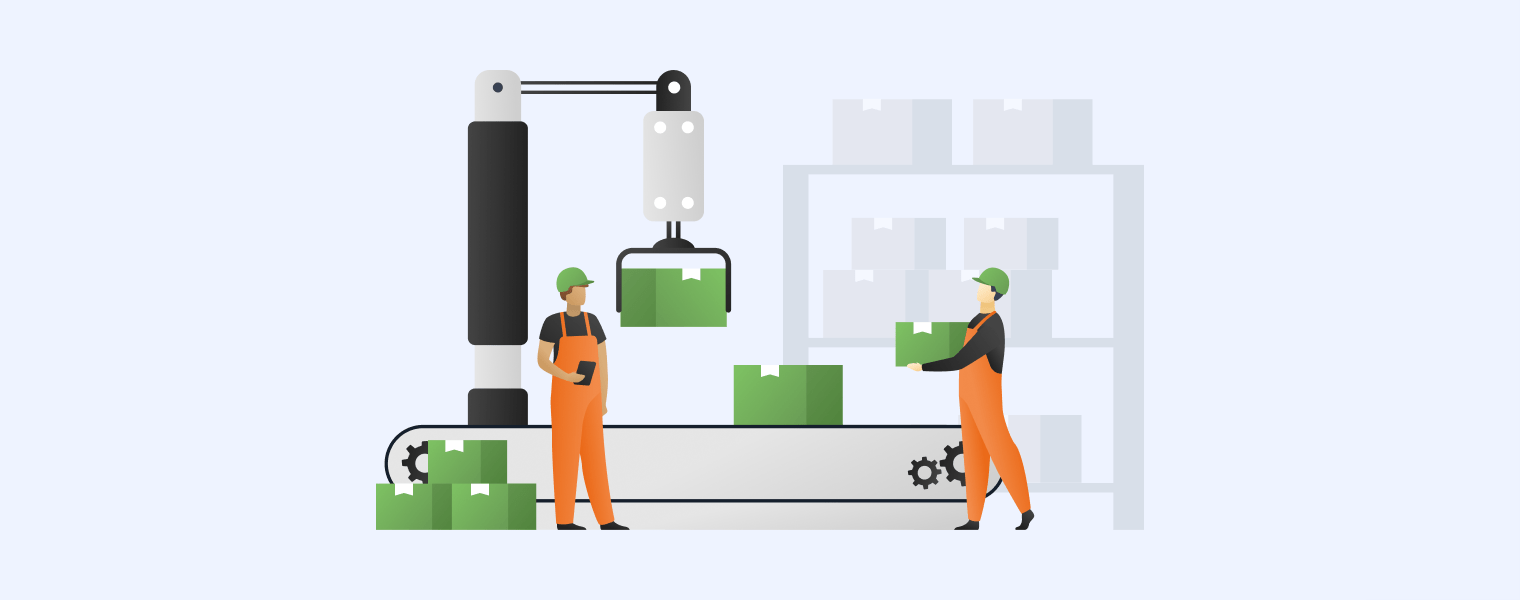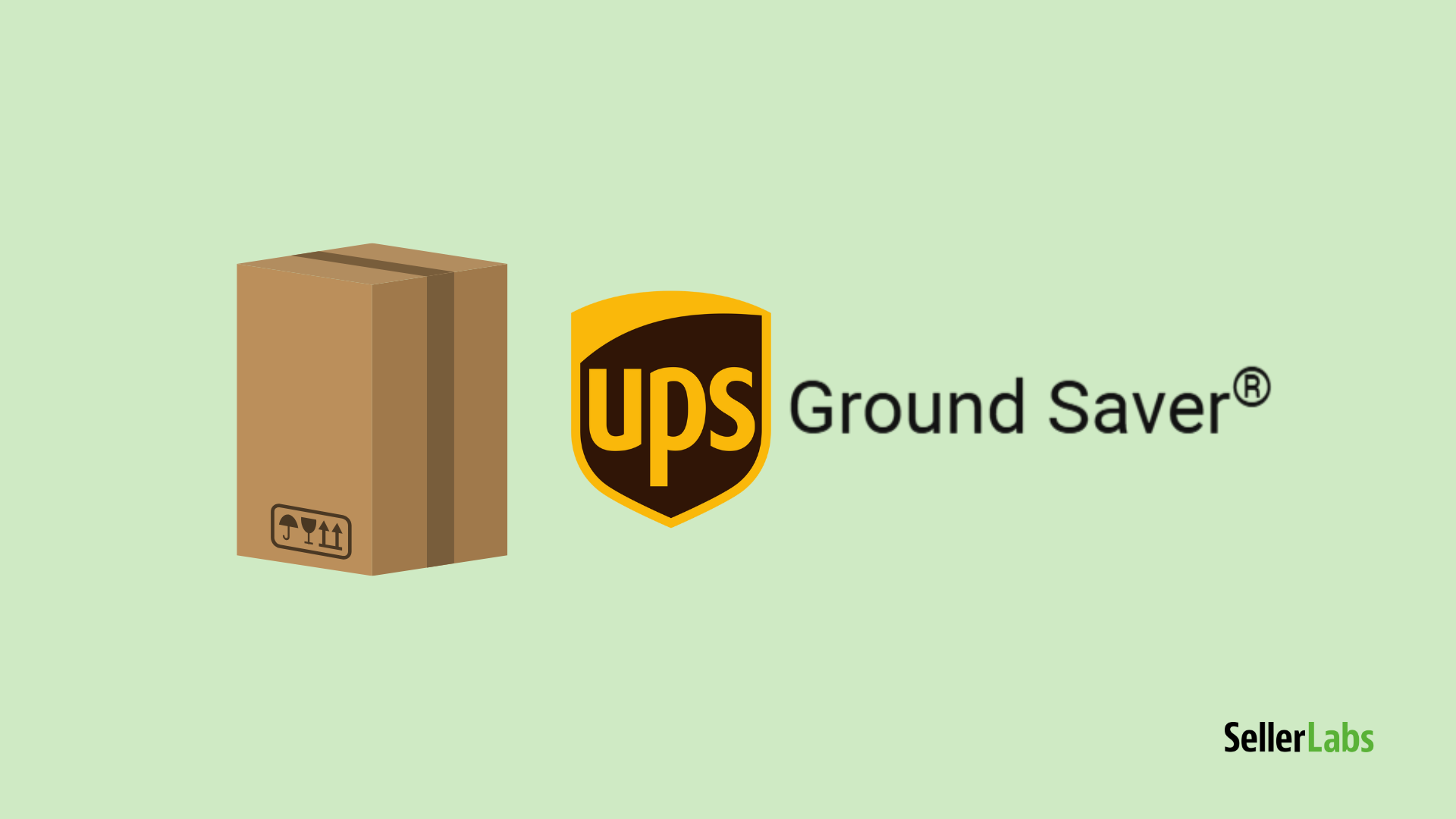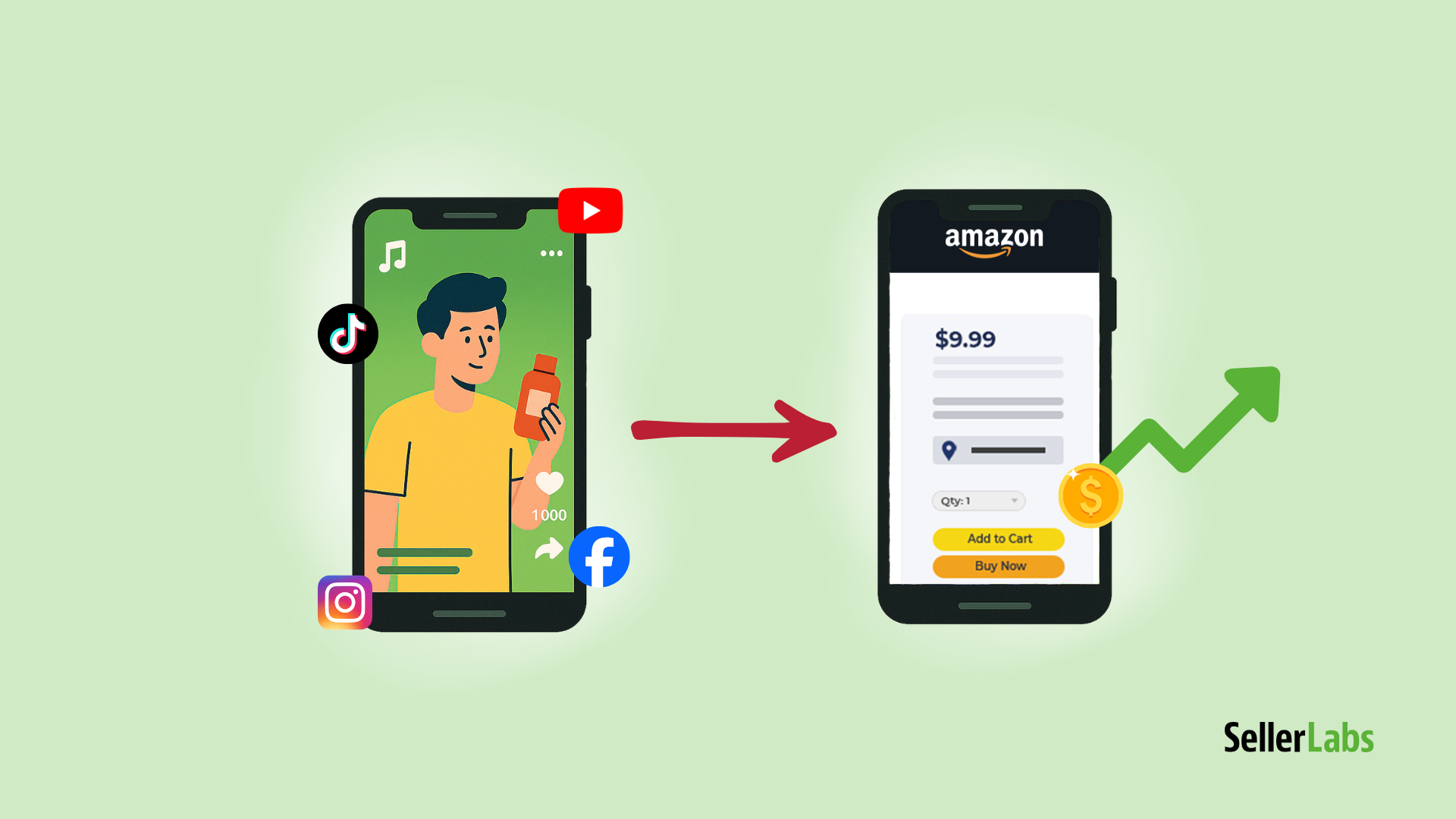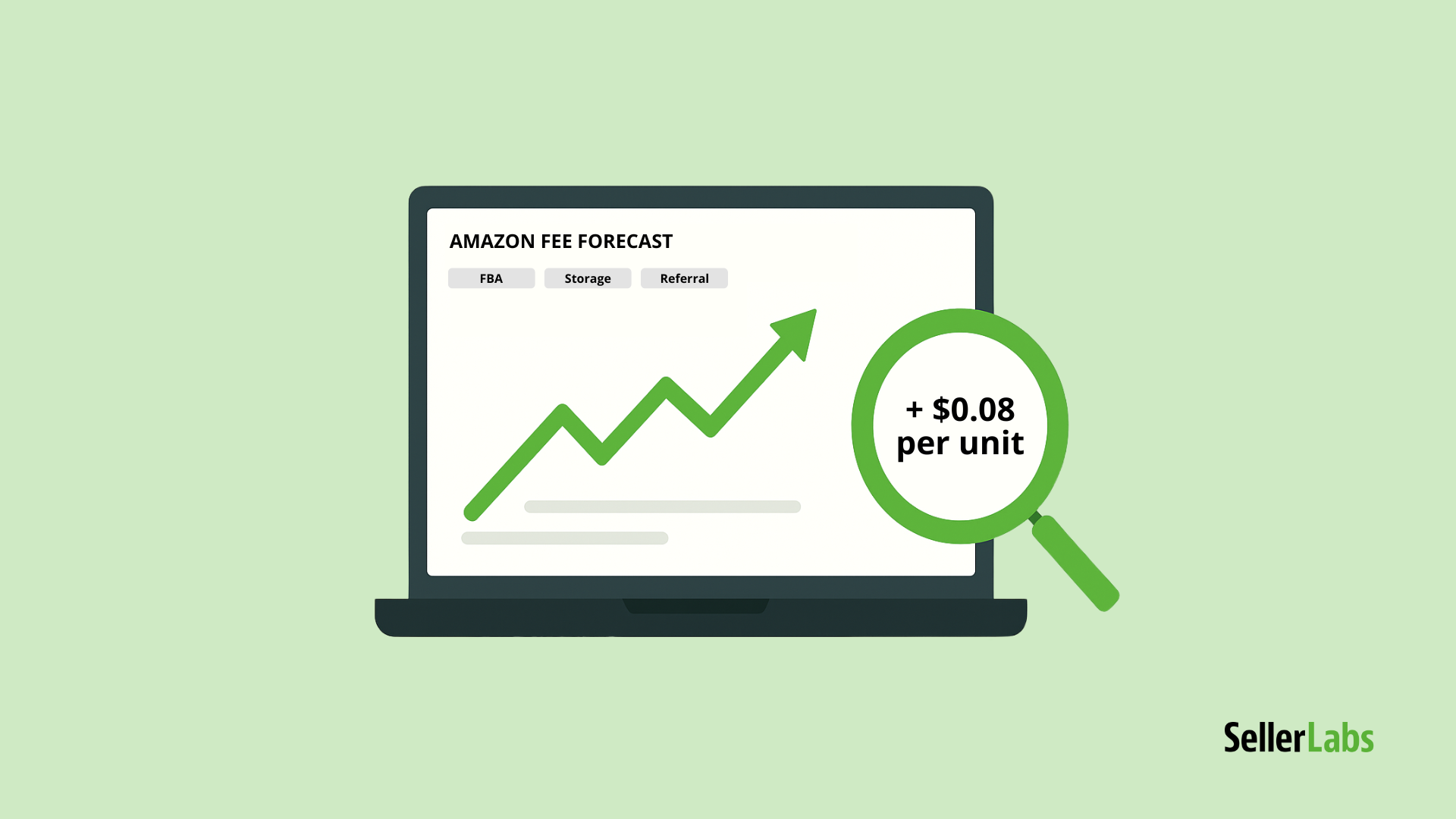This blog post was originally contributed by Jennifer Dunn, Head of Content at Book Outdoors.
UPDATE February 4, 2020: China’s Canton Fair has been suspended due to coronavirus concerns. With Canton Fair currently out of play, sourcing and manufacturing outside of China just became much more important. That said, read on!
With all the uncertainty in the China/US relationship, merchants of all sizes are scrambling to find new places from which to source and manufacture products. If you haven’t considered Alibaba alternatives and sourcing and manufacturing beyond China, read on.
According to recent Wall Street Journal articles, GoPro (electronics) is moving production to Guadalajara, Mexico, while Lovesac (furniture) is shifting production to Vietnam. Still other brands are moving production to additional Asian countries, India, and South America.
What does this mean for Amazon sellers?
It means that now is a smart time to venture out in new directions when sourcing products or identifying manufacturing partners. Should the US/China relationship continue to sour, you’ll be ahead of the pack. Plus, broadening your global sourcing strategy to countries beyond China will give you a competitive advantage over other Amazon sellers who are slower to react.
Why You Need Alternatives to Alibaba and Canton Fair
Half the world’s products are currently manufactured in China. Many Amazon sellers rely on the city of Hangzhou (Alibaba’s global headquarters and a manufacturing stronghold) and the famous Canton Fair (Still an incredible experience full of product opportunities but make sure you go on an organized tour like the Sourcing Summit April 21-27, 2020). These are two places to discover potentially high-sales products and to find the right maker and supplier. UPDATE February 4, 2020: China’s Canton Fair has been suspended due to coronavirus concerns
And until recently, China manufacturing was a fairly safe bet. With a trained workforce of over one billion people, well-trod manufacturing infrastructure, and factories long experienced in working with Western sellers, Chinese suppliers were the obvious choice when it came time to choose a new factory.
So why move away? For one, China and the US are currently in a trade war so manufacturing in China may not be so inexpensive anymore.
While this trade war is, arguably, meant to encourage large US-based companies to bring manufacturing back home, many smaller companies are feeling the pinch of tariffs while still finding the US too expensive for manufacturing. Aside from the trade war, China has become synonymous with harsh labor practices, rampant environmental violations, and human rights abuses.
Furthermore, Chinese manufacturers have increasingly been implicated in black-hat tactics and counterfeiting schemes — on Amazon and elsewhere. This has led to buyers becoming wary of products from China due to their lower perceived value. We’ve also heard stories of sellers manufacturing a private-label product in China only for the manufacturer to copy the product and sell it directly from its warehouse. This violates intellectual property laws and leaves the original seller unable to compete with the manufacturer.
Finally, while China is by no means played out, Chinese sourcing and manufacturing may not be the gold rush it once was. There’s still gold to be found there, of course, but there are a lot more prospectors mining it.
The Cons of Moving Away from China and Alibaba
However, many companies are finding it difficult to move away from manufacturing in a country where they have become so entrenched. Some sellers attempting to move away from China have found that they can’t get the parts and materials they need to manufacture their products anywhere else or that importing these materials adds enormous costs to their supply chains.
They’ve also found that factories and workers in other developing countries where manufacturing might be cheaper simply don’t have the technology, trained workforce, or infrastructure to handle their manufacturing needs completely.
Because of the problems with China, the Wall Street Journal reports that many larger companies are implementing a China + 1 strategy. With this strategy, companies remain in China to handle the high-tech, precision manufacturing, but they seek manufacturing relationships in other countries in order to handle other parts of their supply chains.
It’s also important to note that China has implemented some stricter labor standards after public incidents like the Foxconn Suicides. This has made manufacturing costs increase, but for a seller who cares about sustainability and human resources, this may make China more attractive than up-and-coming countries where manufacturing labor standards are lax or don’t even exist.
The Big Question: Where Is the “Next China”?
Many countries are stepping up to vie for the title of “the next China,” and all have their pros and cons. Here are some places where you may be able to find the right supplier:
India
With its “Make in India” program, India’s government is actively promoting manufacturing in India. Like China, India has a huge labor force of over one billion people. This large population also means they have a sizable and diverse market for manufactured goods. Additionally, Jeff Bezos has made an investment of $1 billion to help bring more than 10 million Indian businesses online (and Indian government officials were hardly impressed). It’s always generally a smart plan to follow the Amazon money so if Bezos buys in, you might want to as well. Actually, you can do exactly that without having to wait long. Sign up for the India Sourcing Trip (April 13-20, 2020), email them and mention Seller Labs, and you’ll save $200 on the trip (not to mention potentially leapfrogging the competition as an early adopter).
When considering India, keep your expectations real. While the workforce numbers are there, the country’s infrastructure is not as well developed as China’s. Plus, Indian labor is not as skilled as China’s in medium- or high-tech manufacturing. Still, a big boom there seems likely.
Vietnam
Vietnam is geographically close to China, which makes it attractive to manufacturers whose supply chain must still rely on some Chinese-manufactured materials or parts. Vietnam is also investing in high-tech manufacturing infrastructure and job training, and many Japanese companies are already manufacturing in Vietnam. The country’s stable political environment is another plus.
On the downside, Vietnam’s ports are already clogged with exports and their relatively small workforce of just 100 million limits their production potential.
Indonesia
With a population of 240 million people, Indonesia is the third-largest market in Asia behind China and India. Manufacturing in the country has increased in recent years, leading to a relatively stable economy. However, infrastructure issues — the country is made up of a chain of islands — an unstable government and religious tensions can pose problems for sellers looking to diversify into Indonesia.
Thailand
Thailand is already known for its high- and medium-tech manufacturing, making it a viable alternative to Alibaba and China in general for some businesses. The fact that the government is investing in workforce education and infrastructure also makes Thailand attractive.
But while Thailand has a fairly stable economy, it does have political strife and natural disasters, both of which could potentially disrupt production. For sellers wary of Thailand’s political divide, Singapore is another high- and medium-tech manufacturing alternative in the region.
Bonus Picks
Consider Mexico or the Philippines as manufacturing hubs.
Alibaba Alternatives and Amazon Product Sourcing and Manufacturing Outside of China
Even if you aren’t manufacturing your own private label products, the current trade difficulties with China mean that it’s becoming more expensive to find new Amazon products there. And of course, the chance that you may encounter counterfeit goods remains high.
Once, Alibaba was the ubiquitous place to source new Amazon products. But these days, branching out into Alibaba alternatives and global sources beyond China gives Amazon sellers a competitive advantage against sellers who are still looking in the same old places for products to sell.
If you’re looking for large quantities and wholesale prices in an online marketplace that isn’t China based, here are some B2B Alibaba alternatives:
- EC21 (South Korea)
- Eezee.sg (Singapore)
- ExportersIndia (India)
- Indiamart (India)
- IndoTrading (Indonesia)
- Kinnek (United States)
- ThaiTrade (Thailand)
- TradeIndia (India)
- TradeKorea (South Korea)
- VietnameseMade (Vietnam)
This list only covers a fraction of sites where you can source new Amazon products. As always, be cautious when sourcing from new sites and do your due diligence before committing to larger orders or a formal partnership with a new supplier.





